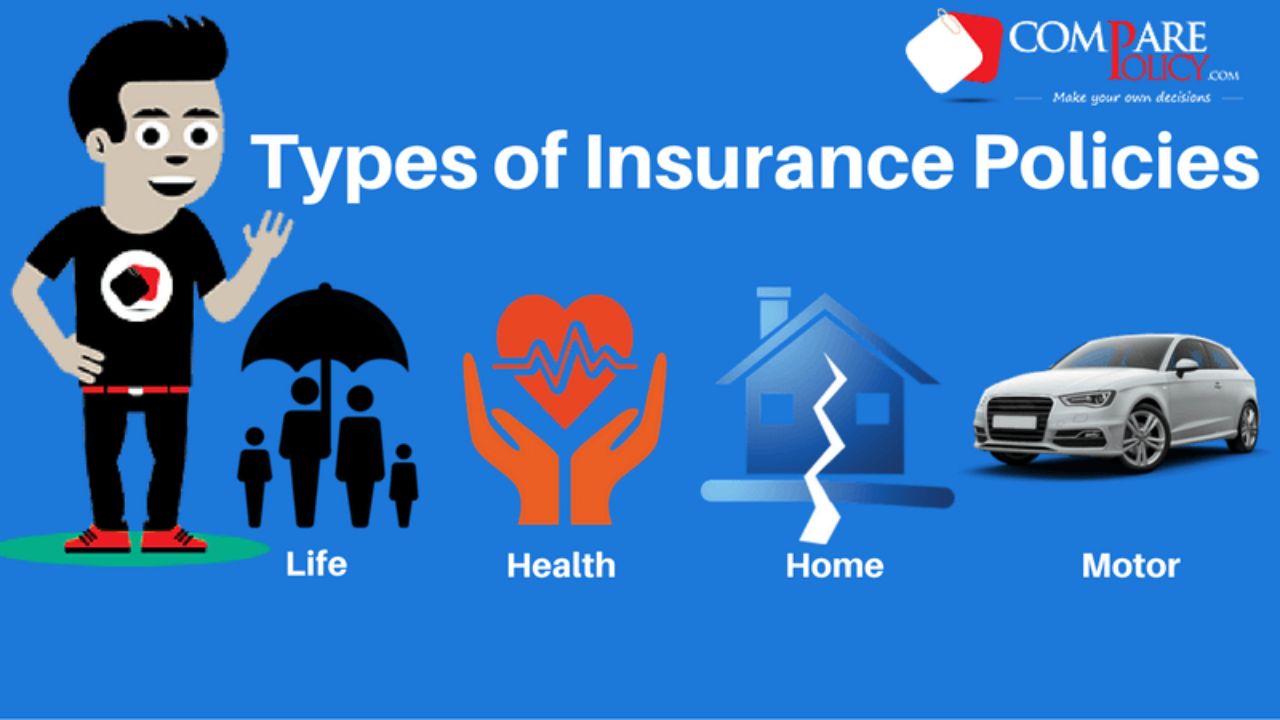In educational settings around the world, the issue of hinaaminen, or bullying, persists as a significant challenge. Hinaaminen encompasses various forms of harassment, including physical, verbal, and emotional abuse, often perpetrated by individuals or groups against others. Addressing is crucial for creating safe and inclusive learning environments where all students feel valued and respected.
The Impact of Hinaaminen in Educational Settings
Psychological Effects on Victims
Hinaaminen can have profound psychological effects on its victims, leading to feelings of fear, anxiety, and depression. Victims may experience low self-esteem and a diminished sense of self-worth, impacting their academic performance and overall well-being.
Hinaaminen’s Influence on Academic Performance
The presence of hinaaminen in educational settings can significantly disrupt learning and academic achievement. Victims may struggle to concentrate in class, experience decreased motivation, and exhibit symptoms of trauma, all of which can impede their educational progress.
Recognizing Hinaaminen
Types of Hinaaminen
Hinaaminen can manifest in various forms, including physical violence, verbal abuse, social exclusion, and cyberbullying. Each type presents unique challenges and requires specific intervention strategies.
Signs and Symptoms
Recognizing the signs and symptoms is essential for early intervention. Victims of may exhibit changes in behavior, such as withdrawal from social activities, reluctance to attend school, or unexplained injuries.
Addressing Hinaaminen: Strategies for Educators
Creating Safe and Inclusive Learning Environments
Educators play a critical role in fostering a positive school climate where bullying is not tolerated. By promoting empathy, respect, and acceptance, educators can create an environment where all students feel safe and supported.
Implementing Anti-Bullying Policies
Schools must have clear and comprehensive anti-bullying policies in place to address effectively. These policies should outline expectations for student behavior, consequences for bullying, and procedures for reporting incidents.
Encouraging Open Communication Channels
Establishing open communication channels between students, parents, and school staff is essential for addressing. Students must feel comfortable reporting incidents of bullying, knowing that their concerns will be taken seriously and addressed promptly.
Empowering Students: Coping Mechanisms
Building Resilience
Empowering students with coping mechanisms and resilience-building skills can help them navigate challenging situations and cope with the effects of hinaaminen. Teaching assertiveness, problem-solving, and conflict resolution skills equips students with the tools they need to stand up to bullying and seek support when necessary.
Seeking Support from Peers and Adults
Encouraging students to seek support from peers and trusted adults can help mitigate the negative effects of hinaaminen. Peer support programs, mentorship initiatives, and access to school counselors can provide students with the support network they need to overcome bullying and thrive in school.
Role of Parents and Guardians
Fostering Supportive Relationships
Parents and guardians play a crucial role in addressing by fostering supportive relationships with their children. Creating open lines of communication, actively listening to their concerns, and advocating for their well-being are essential steps parents can take to support their children through difficult times.
Recognizing and Responding to Signs of Hinaaminen
Parents must be vigilant in recognizing the signs of and responding appropriately. Changes in behavior, unexplained injuries, or reluctance to attend school may indicate that a child is experiencing bullying. By taking action and advocating for their child, parents can help address hinaaminen effectively.
Also Read: In Pursuit of Randavü Seeking Serendipity in Everyday Life
Collaboration with Mental Health Professionals
Providing Counseling Services
Access to mental health professionals and counseling services is essential for supporting victims. Counseling can help students process their experiences, develop coping strategies, and build resilience in the face of adversity.
Offering Resources for Victims and Perpetrators
Schools should provide resources and support services for both victims and perpetrators of hinaaminen. Interventions such as restorative justice practices, conflict resolution programs, and anger management counseling can help address the root causes of bullying and prevent future incidents.
Overcoming Challenges: Barriers to Addressing Hinaaminen
Cultural Stigma and Taboos
In some cultures, there may be a stigma attached to discussing hinaaminen or seeking help for bullying-related issues. Overcoming cultural barriers requires education, awareness, and sensitivity to the cultural norms and beliefs of diverse communities.
Lack of Awareness and Education
A lack of awareness and education about hinaaminen can hinder efforts to address bullying effectively. Schools, parents, and communities must work together to raise awareness about the prevalence and impact of hinaaminen and provide education and resources for prevention and intervention.
Case Studies: Successful Interventions
Implementing Restorative Justice Practices
Restorative justice practices focus on repairing harm and restoring relationships rather than punishment. By bringing together victims and perpetrators in a facilitated dialogue, restorative justice programs can promote empathy, understanding, and accountability, leading to positive outcomes for all parties involved.
Promoting Empathy and Understanding
Educational programs that promote empathy, understanding, and respect for diversity can help prevent and foster a culture of inclusion and acceptance in schools. By teaching students to value and celebrate differences, schools can create an environment where bullying is less likely to occur.
The Importance of Community Involvement
Engaging Stakeholders
Addressing requires the collective efforts of schools, parents, students, and the broader community. Engaging stakeholders in collaborative efforts to prevent bullying, raise awareness, and support victims is essential for creating lasting change.
Promoting Collective Responsibility
By promoting collective responsibility for addressing, communities can create a culture where bullying is not tolerated and all members are committed to creating safe and inclusive environments for students to learn and thrive.
Conclusion
In conclusion, addressing in educational settings is paramount to creating safe and inclusive environments where all students can thrive academically and emotionally. By understanding the impact of hinaaminen, recognizing its signs, and implementing effective strategies, educators can empower students, support victims, and foster a culture of respect and empathy.
Also Read: Healthcare Inflexon Point Innovations Driving the Future of Medicine
FAQs
What is hinaaminen?
Hinaaminen is a Finnish term referring to bullying or harassment, particularly in educational settings.
How common is hinaaminen in schools?
Unfortunately, hinaaminen is a prevalent issue in many educational institutions worldwide, affecting students of all ages.
What are the long-term effects of hinaaminen on victims?
Victims of hinaaminen may experience lasting psychological trauma, impacting their self-esteem, academic performance, and overall well-being.
How can educators address hinaaminen effectively?
Educators can address hinaaminen by creating safe and inclusive learning environments, implementing anti-bullying policies, and encouraging open communication channels among students.
What role do parents play in addressing hinaaminen?
Parents play a crucial role in addressing hinaaminen by fostering supportive relationships with their children, recognizing signs of bullying, and advocating for interventions within the school community.







